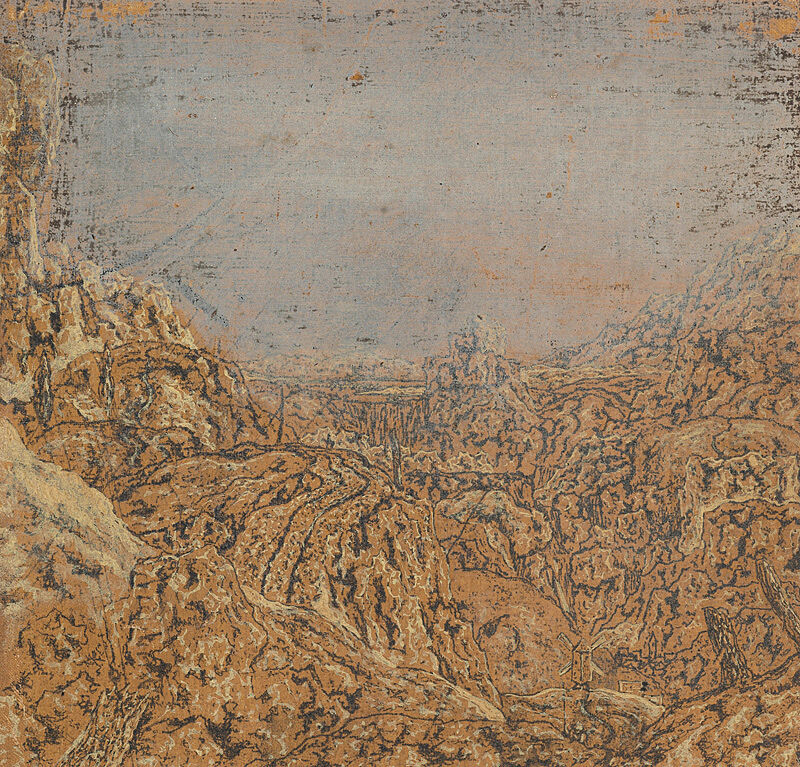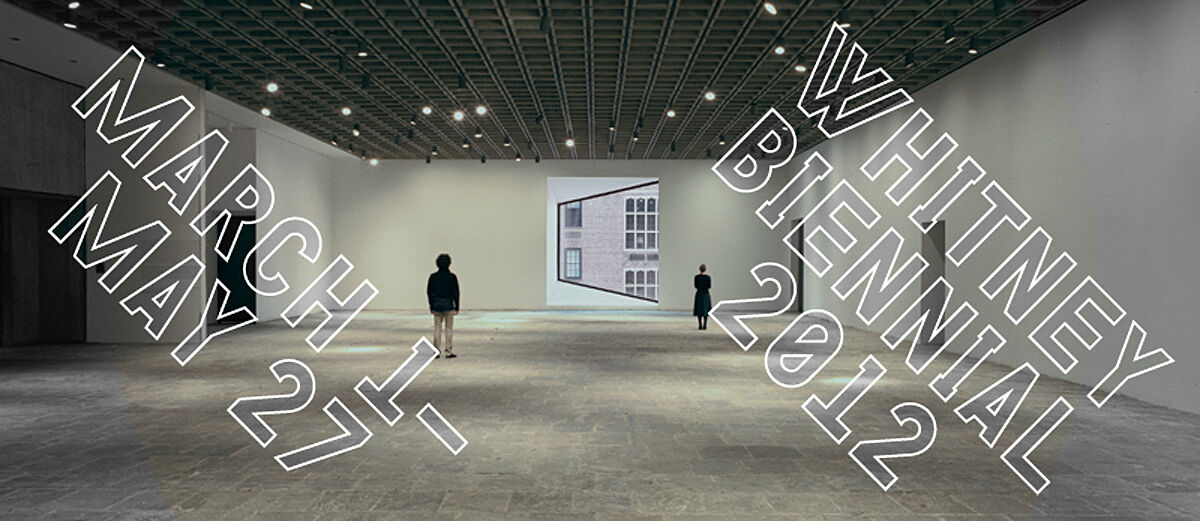Werner Herzog
Audio: Werner Herzog
0:00
May 17, 2012
Werner Herzog
0:00
For this program, inimitable filmmaker Werner Herzog discusses his contributions to the Biennial and his thoughts on contemporary art with co-curators Elisabeth Sussman and Jay Sanders.
Born in 1942 in Munich
Lives and Works in Los Angeles
Seventeenth-century Dutch artist Hercules Segers (c. 1590–1638), a contemporary of Rembrandt, is all but unknown today. For the filmmaker Werner Herzog, though, Segers signifies nothing less than the beginning of modernity.
When approached by the Whitney to participate in the 2012 Biennial, Herzog, whose films are regularly cited as an inspiration to many younger visual artists, proposed an installation of Segers’s work. The images projected here, produced around 1630 and paired with the music of Dutch musician Ernst Reijseger (b. 1954), demonstrate the imaginative power of Segers’s landscapes. The vastness of the imagery, bordering on abstraction, is met with the artist’s representation of interiority—a combination heralding an approach to image-making that would not become widespread for hundreds of years. Herzog has said of Segers, “His landscapes are not landscapes at all; they are states of mind; full of angst, desolation, solitude, a state of dreamlike vision.” These images create, for Herzog, “an illumination inside of us, and we instantly know that this is not a factual truth, but an ecstatic one.”


